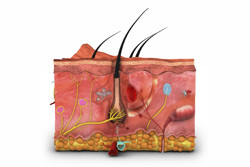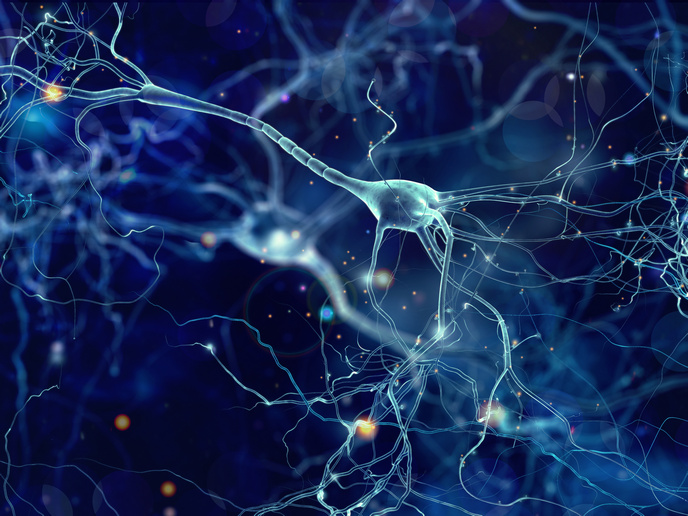Looking deep into the human skin
Loss of normal skin function results in inflammation and diseases such as psoriasis and alopecia. The skin is rich in lipids and fatty acids which get converted by lipoxygenase (LOX) enzymes to bioactive mediators, termed eicosanoids. LOX enzymes catalyse the addition of oxygen moieties to fatty acids and could maintain skin integrity. Recently they were discovered to synthesise novel lipids attached to the surface of immune cells. However, the structural and mechanistic details underlying this process remain elusive. The key objective of the EU-funded LOXEPI project was to investigate how LOX enzymes are involved in the physiological and pathophysiological regulation of the epidermis. To this end, scientist examined human and pig skin for the presence of such esterified eicosanoid products using high-performance liquid chromatography and mass-spectrometry methods. This led to the identification of novel LOX oxidised products which form from the consecutive action of different LOX enzymes on linoleic acid (LA). A considerable part of the work was dedicated to the development of appropriate methods and the chemical synthesis of analytical standards that could be used in skin assays. Examination of the location of specific lipids within the epidermal tissue led to interesting observations which could link lipid localisation with function. Using adhesive tape, scientists were able to isolate individual layers of human skin and analyse the LOX products. This provided an overview of the levels and their distribution within normal healthy skin, alongside their role in inflammation and immunity through interaction with possible receptors. Collectively, the LOXEPI study provided an unprecedented characterisation of the lipid content of the human skin. In the long run this will lead to a better understanding of the physiological and pathophysiological regulation of the epidermis and ultimately to the design of novel treatments for inflammatory skin disorders.







